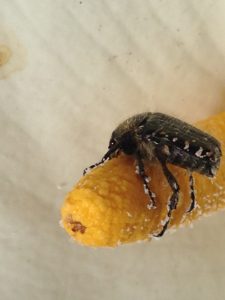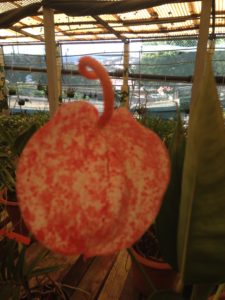Hydrangea Red White and Blue Photographs
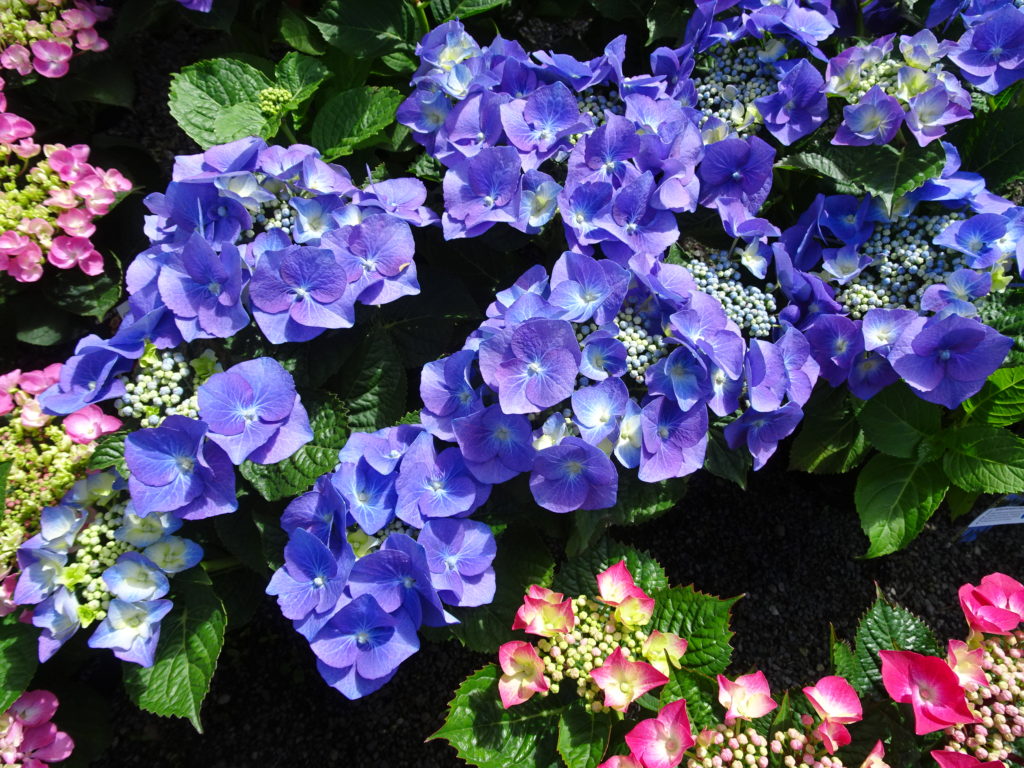

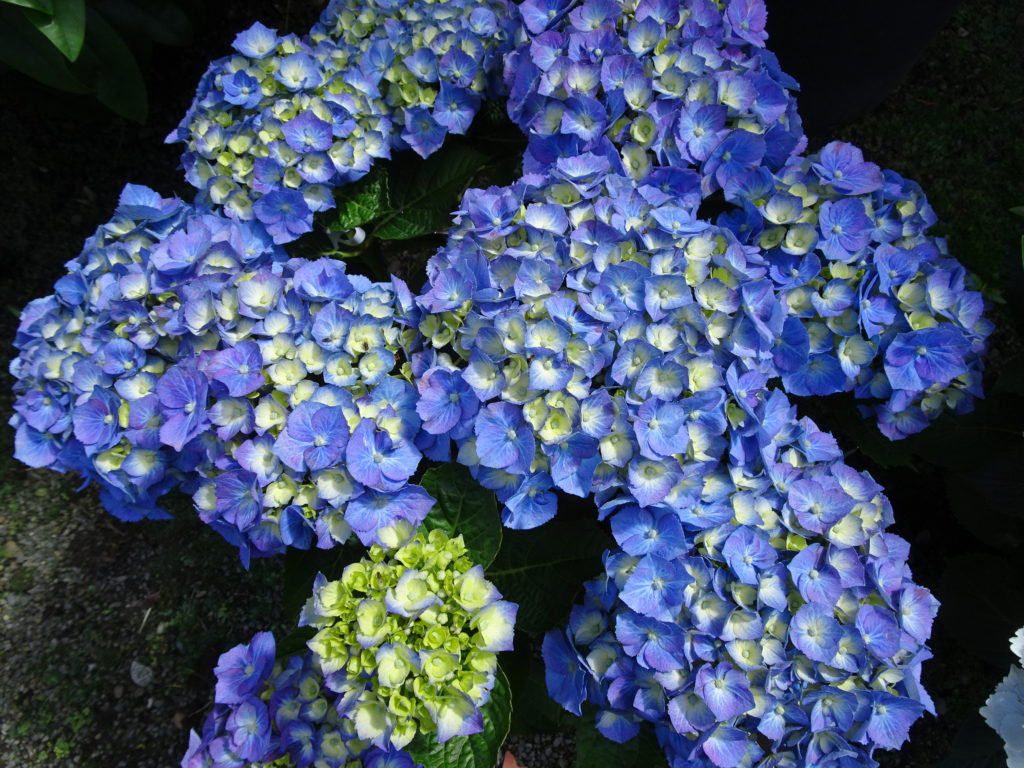
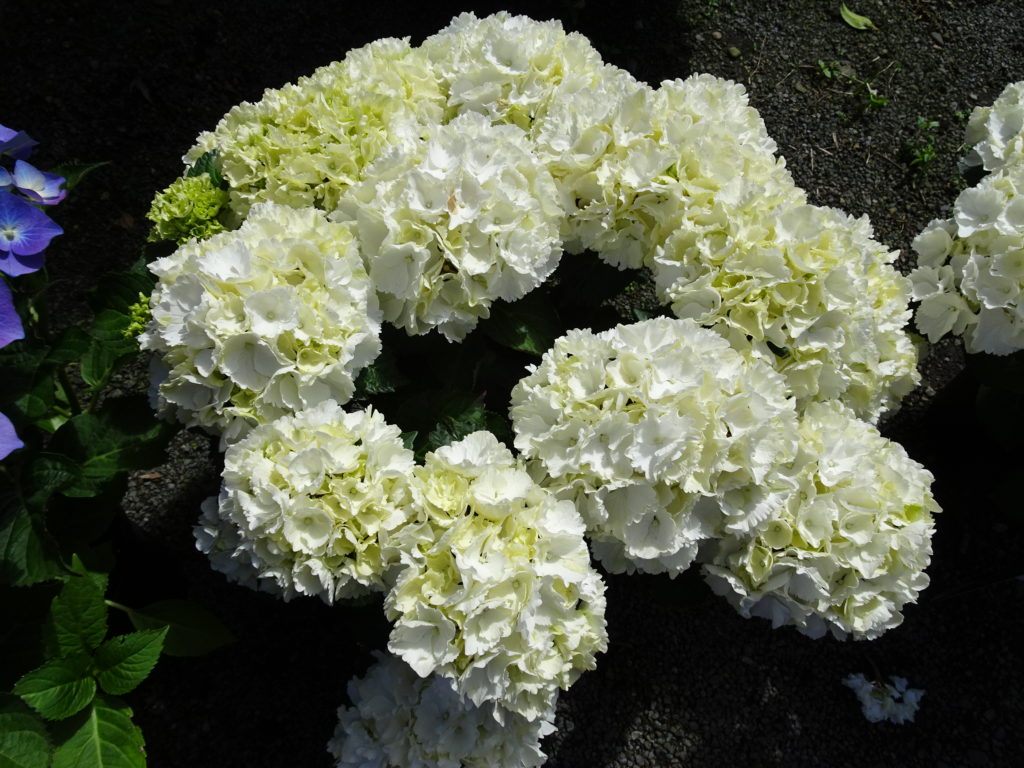
for gardeners interested in art. Sculpture to enhance the garden




This is Gardeners Tips 2,000 extant post since April 2008. I have lost count how many photographs and images have been included but here are just a few repeats.
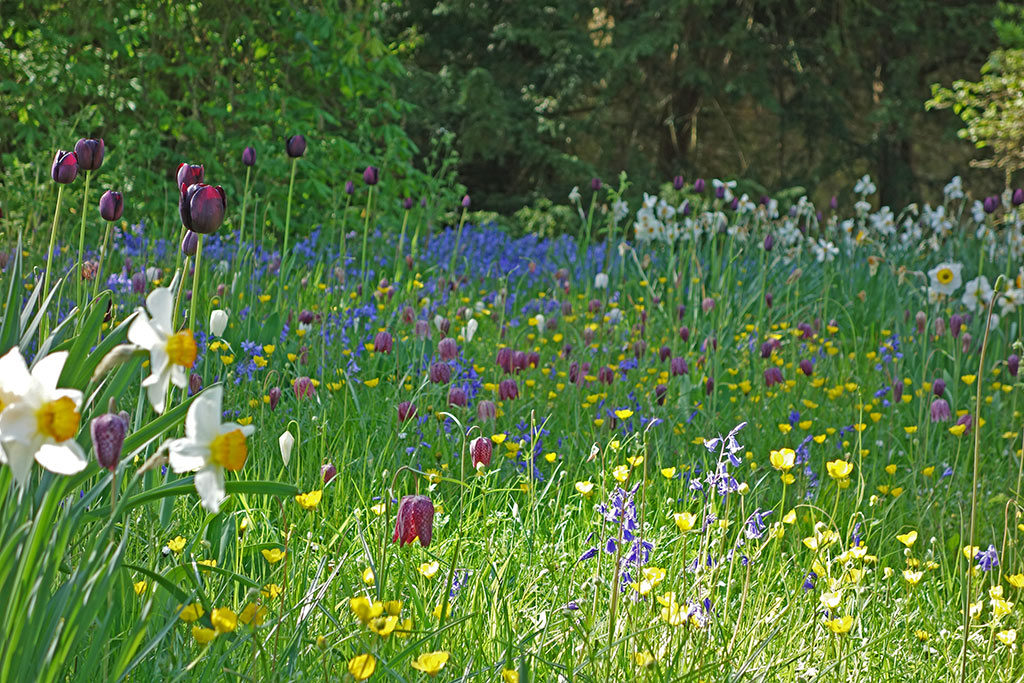
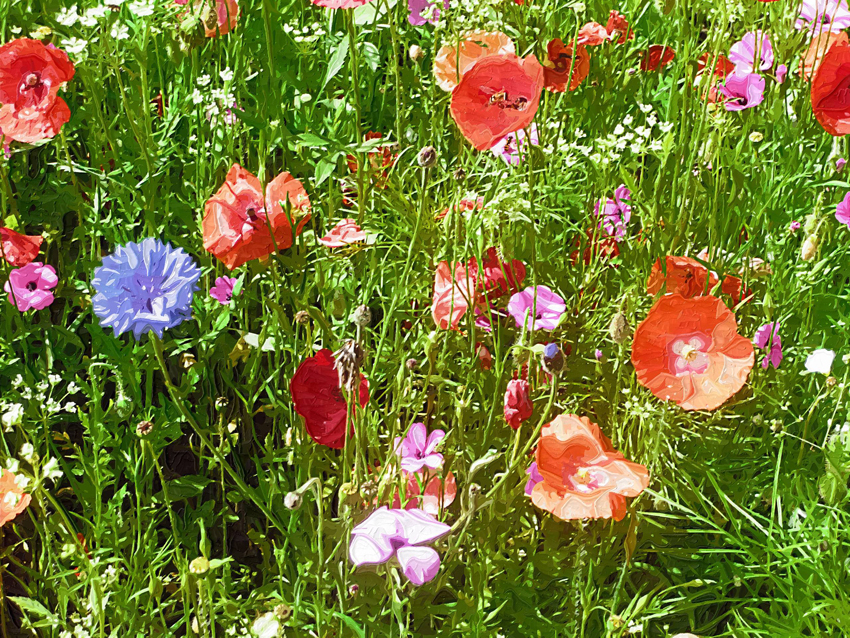

In addition to our own images we would like to thank creative commons and other organisations that helped with contributions as we were starting out.
Around 100 books have been recommended to highlight a subject such as The Garden Photography Workshop by Andrea Jones below.
 We would also like to thank the million plus visitors to our website and hope the tips and humour demonstrate how gardening can have a lighter side.
We would also like to thank the million plus visitors to our website and hope the tips and humour demonstrate how gardening can have a lighter side.
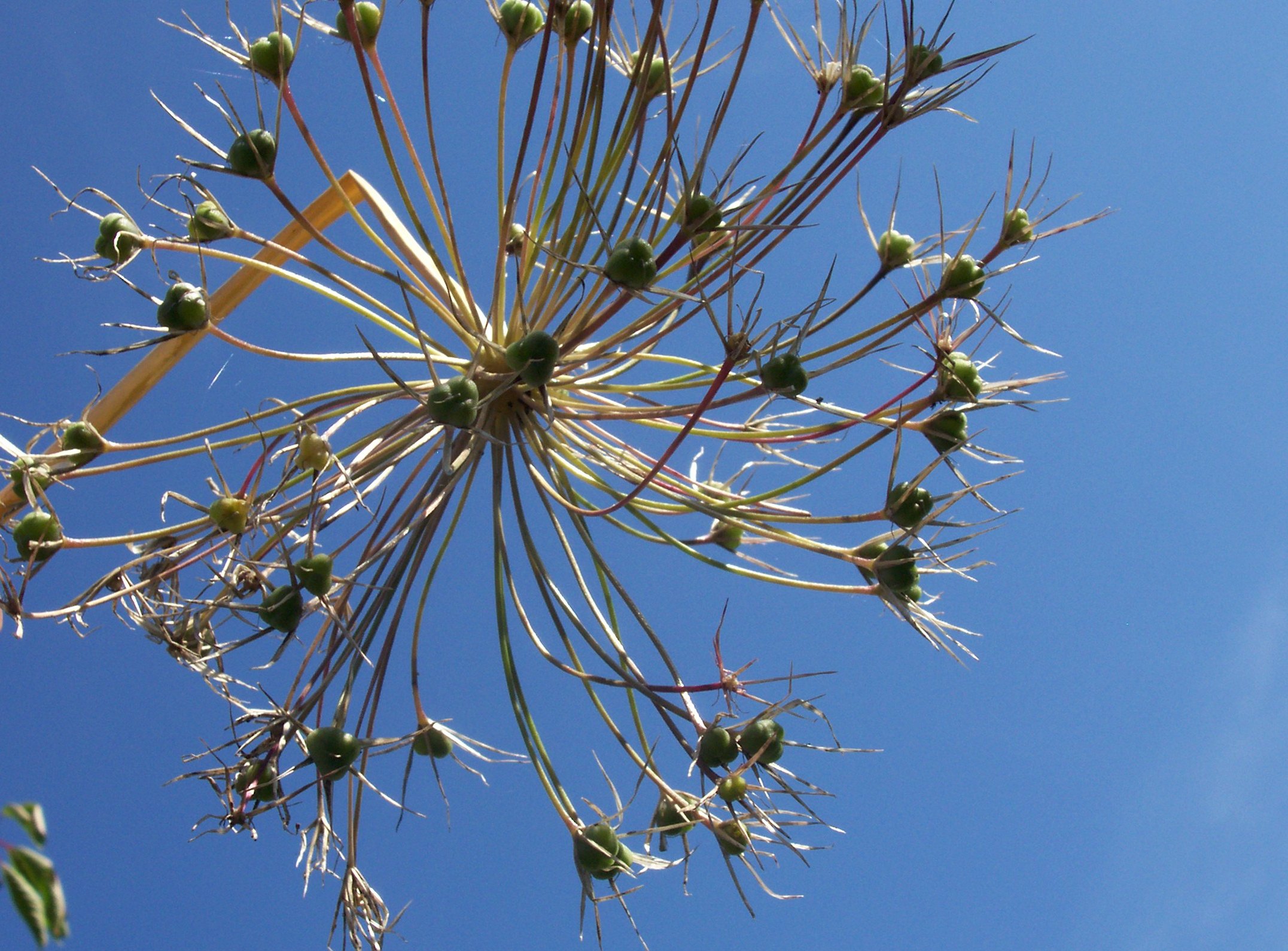
What colour is the sky? A strange question too a gardener perhaps but there are good gardening reasons for asking.

Other Sky and Plant Pictures …
Rumour that Bees are in terminal decline is not borne out in my garden this year. The Bees seem very happy on the blue flowers and I am happy as it gives me an excuse to show some more blue photographs (of flowers!).
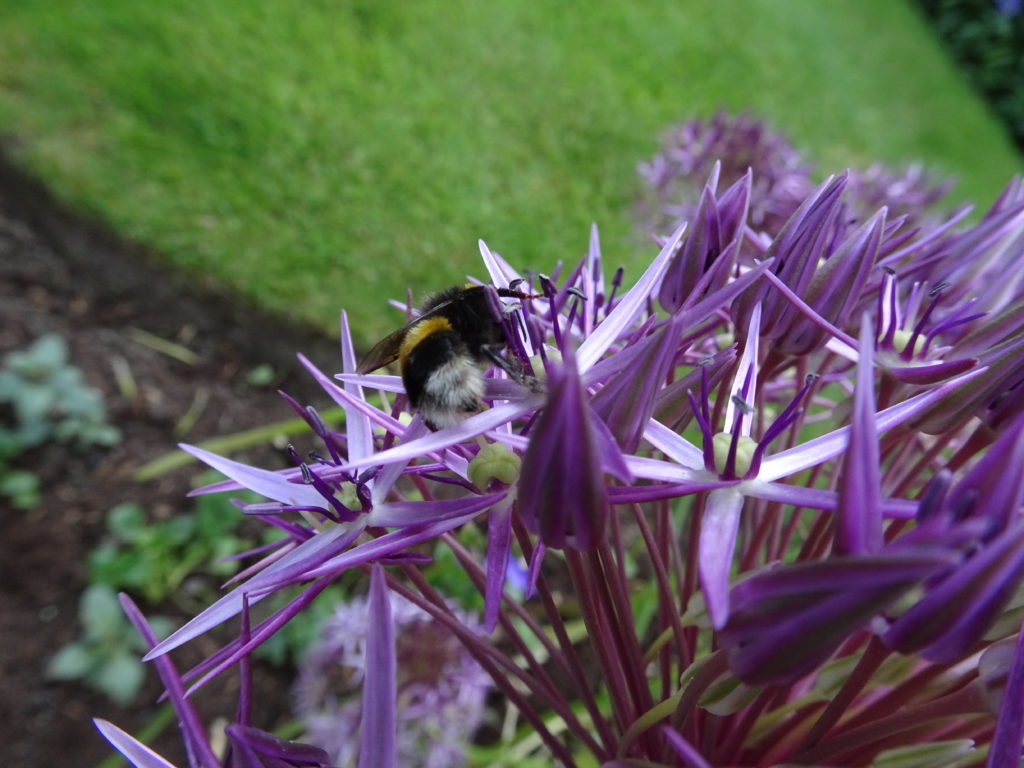
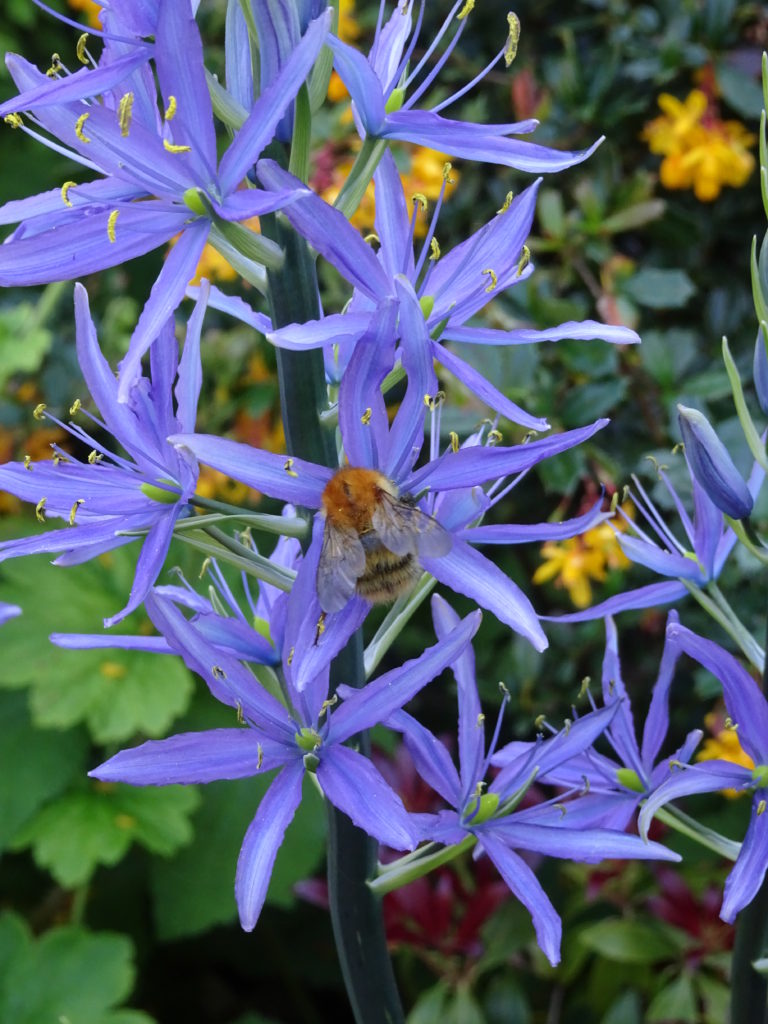
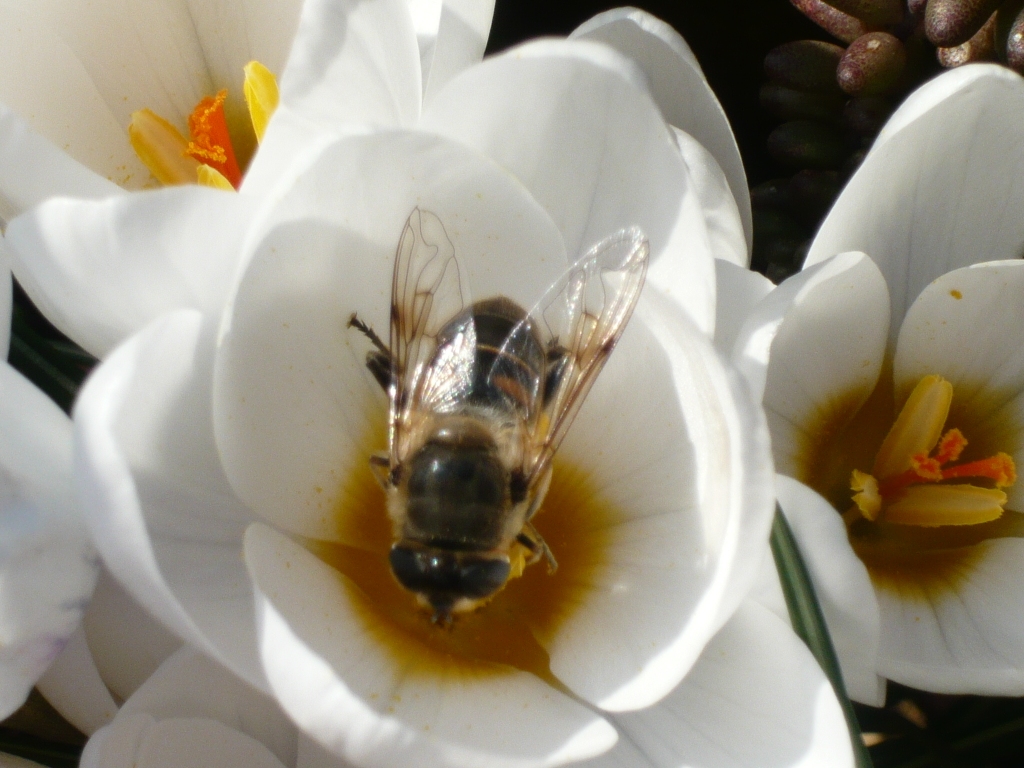
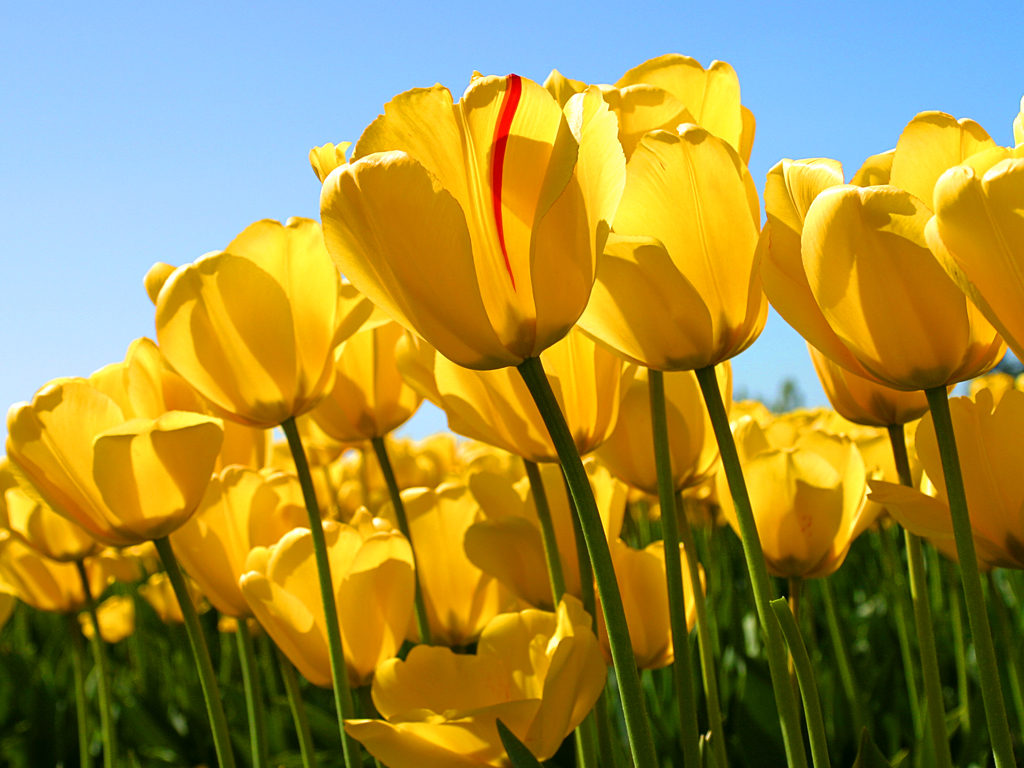
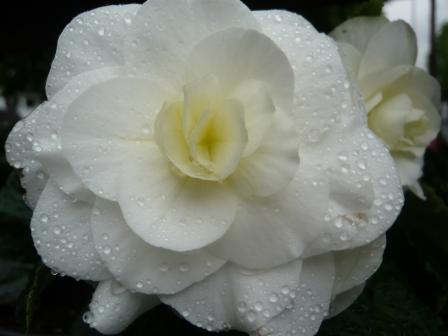
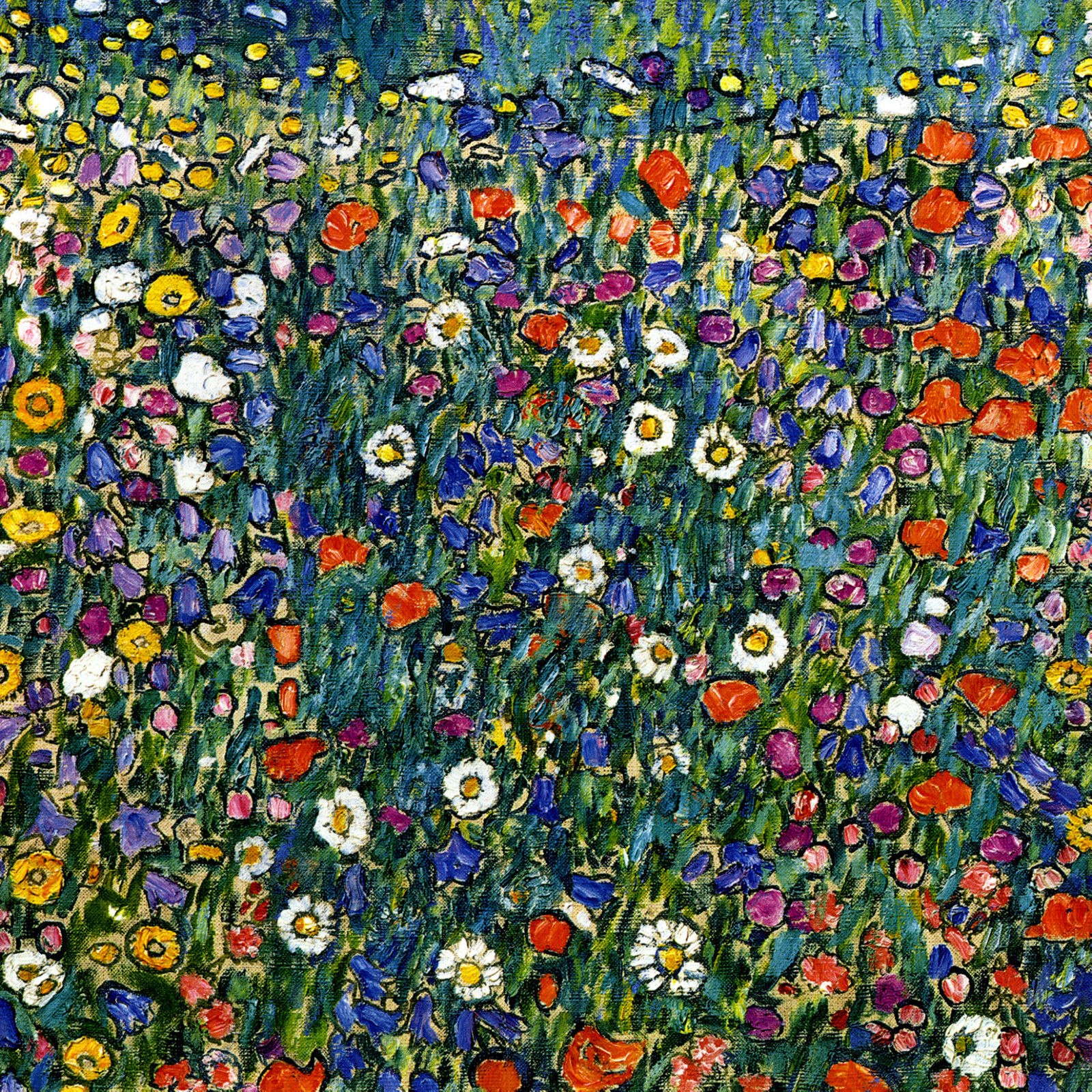
Gustav Klimt-
Poppy-Bluebell-Daisy-Harebell-Flowers – Yes obviously!
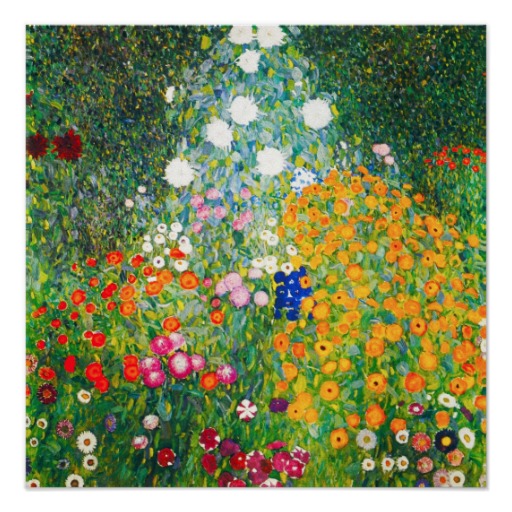
Gustav Klimt
Flower Garden or ‘Life Jim but not as we know it’

Fritillary, Buttercups, Bluebells, Tulips and Narcissus all in the same shot, what more could you ask.
Well the star of this show is probably the grass. The grass is understated and not throttling the flowers. The sunshine is highlighting a grassy area near where the photographer has chosen to stand. The grass stops the mixture of colours and shapes from fighting one another bringing some harmony.
The photographer has found a relatively low position to capture the flowers at the front of the photo. The dark trees provide a suitable back drop and contrast. Overall the composition works despite the complexity and variety of the flora. The depth of field allows enough focus highlighting the tulips. The eye of the curious looker is drawn around the image.
The garden designer has composed the image mixing blues, yellows and purples with the spring-fresh greens.The maintenance gardener has enabled the themes to work.
Not quite a meadow more a wild patch created with tlc.
For something a bit different this book on botanic art covers some of the unusual colours from black flowers, plants and seaweed like strange green, blue and puce pink.
Contemporary Botanical Illustration with the Eden Project: Challenging Colour and Texture by Rosie Martin and Meriel Thurstan
For more see below
Alternatively look at the illustrations in Mr Marshall’s Flower Book
The quality that you might expect from Kew
For a how too guide I am currently using this library book as my step to step guide.
‘Marianne North, an unmarried middle-aged Victorian lady of comfortable means, set off in 1871 on her first expedition to make a pictorial record of the tropical and exotic plants of the world. Marianne produced more than 860 paintings which are housed in a special gallery at Kew.
Biographical Notes


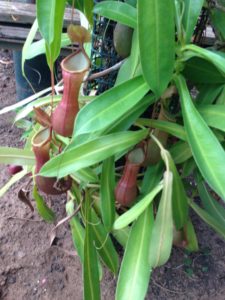
From pitchers to pictures
